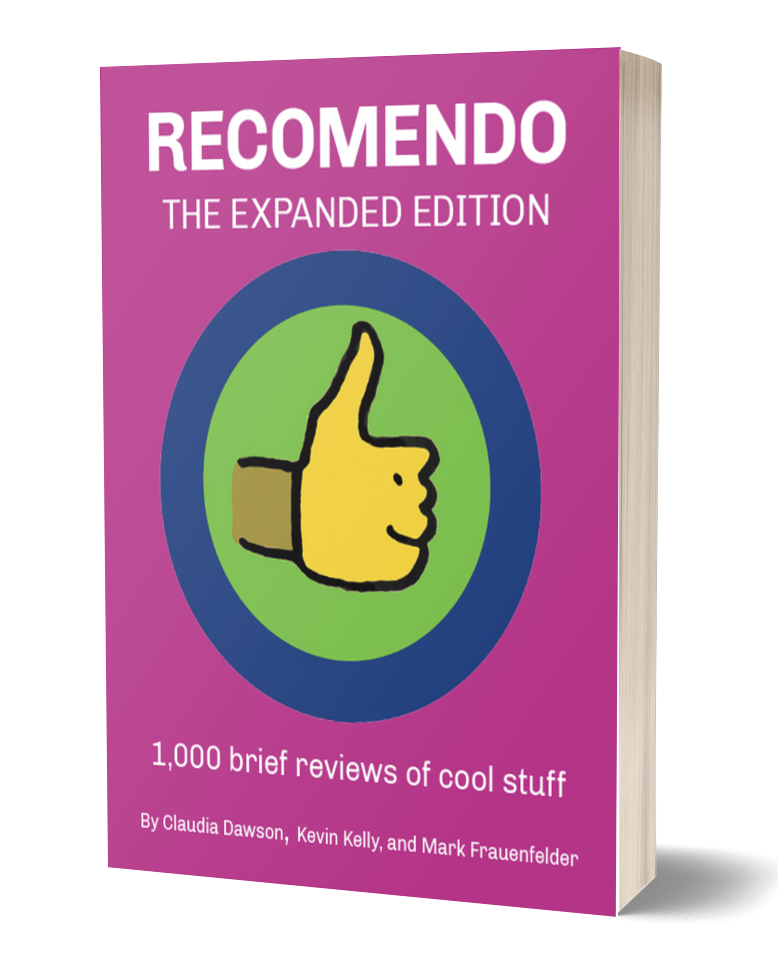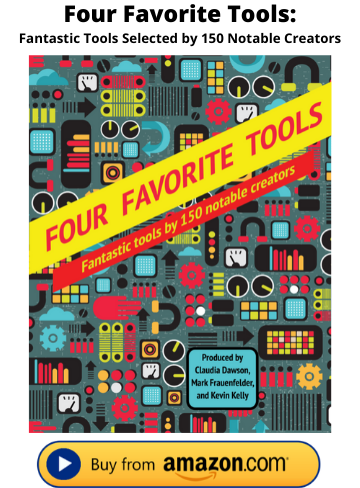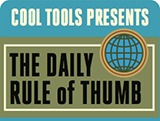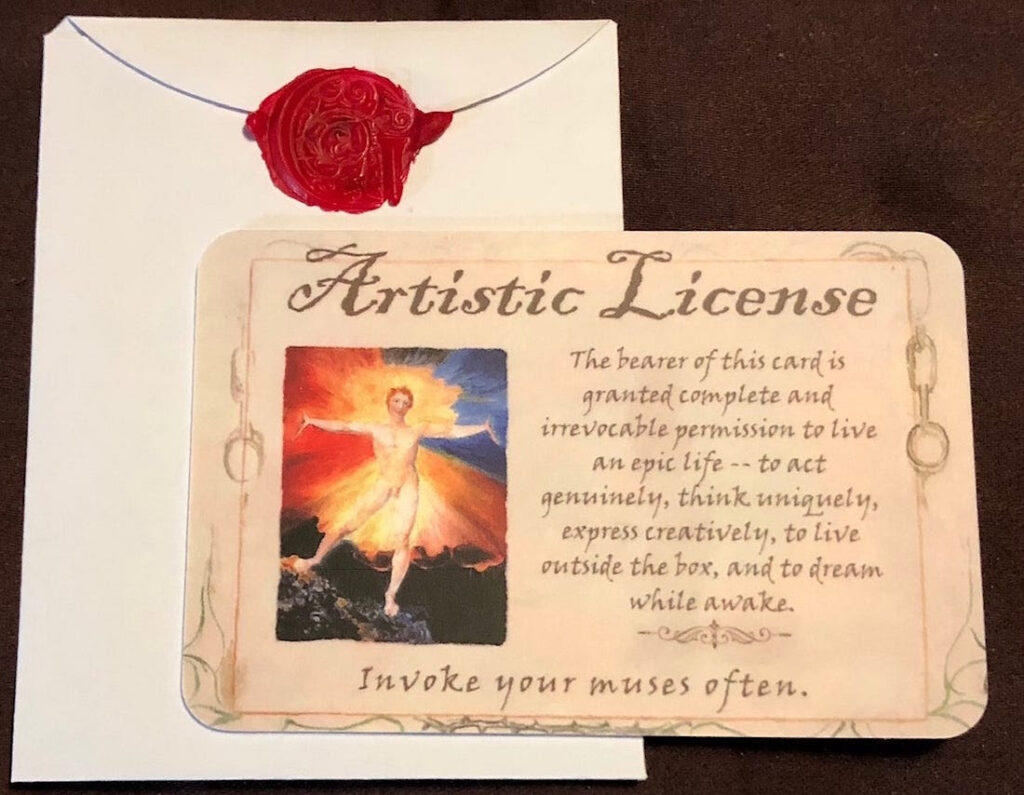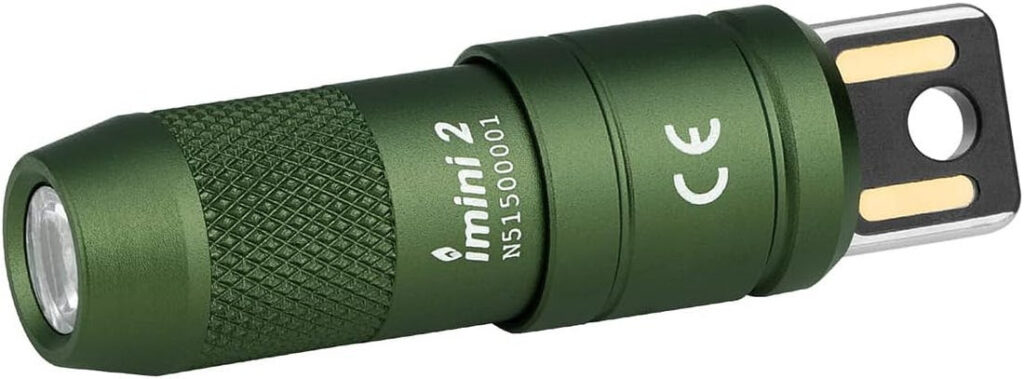What’s in my NOW? — Musa Gathuru
issue #215
My wife and I call Kenya home, but we love to visit other places. We love to read, and we love to learn new things. As long as I am learning something new, I am happy. — Musa Gathuru
Links:
Productivity Blog
Travel Blog

PHYSICAL
- Beat up old guitar: my guitar is an old guitar that a friend gave me after she fell off a bodaboda (local motor bike transport) in Uganda and got the side bashed in. It sounds reasonably okay, and probably matches my skill level since I started to learn late in life. Here’s the thing: Since I started learning to play, it has brought me immeasurable pleasure and joy, even when the sounds emanating from it were more akin to an animal dying than actual music. And not just playing and singing myself, but my enjoyment of other people’s music has intensified, since now I actually have an appreciation how skilled they actually are. I think everyone should learn how to play an instrument at some point in their lives. You are welcome.
- Beat up old book reader: I bought an old second hand Kobo book reader on ebay. It cost me 50$ and I use it at least once a day. I am on course to read 52 books this year as I have done the last few years since I rediscovered my love of reading. As Carl Sagan says: “What an astonishing thing a book is. It’s a flat object made from a tree with flexible parts on which are imprinted lots of funny dark squiggles. But one glance at it and you’re inside the mind of another person, maybe somebody dead for thousands of years. Across the millennia, an author is speaking clearly and silently inside your head, directly to you. Writing is perhaps the greatest of human inventions, binding together people who never knew each other, citizens of distant epochs.” Apart from the bit about trees, everything he says applies to electronic books as well. My only challenge is remembering what I read. But my one invisible thing has helped me out with that.
- Macbook: I have tried a bunch of different laptops, and macs really do have it worked out. The perfect blend of usability, power, battery life and durability. And prettiness, which is an underrated quality to look for in a laptop. My last mac lasted 10 years before I had to upgrade it, which is pretty good value for money. I use my mac for pretty much everything. I don’t own a TV, so it is my entertainment center, communication, music, learning as well as the host of my 2 digital things.
DIGITAL
- Zettelkasten: A zettelkasten is a personal knowlege management system made famous by a German social scientist named Nicklas Luhmann. It made him so ridiculously productive that he pumped out more than 70 books and 400 scholarly articles in his lifetime. This was before computers, so his knowlege management system worked with index cards. I started managing all my notes and data using this system a couple of years ago, and in this short time I have built up a couple of thousand notes linked to each other. I use an app called ‘Obsidian‘ because it stores my notes in plain text that I can read on any computer or phone, and allows me to link between notes. You can view a subset at the link below, but the long and short of it is that I am soo thrilled to be able to find my information in a natural organic way. As Luhman says, it becomes a ‘second brain.’ It sounds freaky, but you can hold ‘conversations’ with since it keeps on throwing up interesting stuff that I created in the past. And since I created, it’s always interesting even if I forgot I wrote it!
- Johnny Decimal system: I tried a bunch of different file organization systems, and the JD system is pretty simple, and yet powerful enough to manage all my files. It applies to everything: task management, file storage, cloud file storage, etc. There is a simple index file which keeps track of the number assignment, and each folder gets a number in the format xx.xx. The genius of the system is that you are not allowed to have more than 2 levels of folders, so there is a kind of natural limit that forces you to keep things simple. Since I started using it I stopped spending ages looking for lost files, and know where everything is.
INVISIBLE
Barbell reading method
I have an exceedingly bad memory. I like to joke that my memory does not discriminate: I can forget your name, face and details regardless of your age, color, origin or gender. And it is not limited to forgetting names and faces. I can read entire books and not even remember whether I read the book or not. On more than one occasion I have reread a book in it’s entirety only to realise towards the end that I have actually read it before. Enter the Barbell reading method. Read once to get through the material. Mark sections that have value to you to revisit later. This may be electronically, or physically by highlighting. Then go back and process the marked sections. This is best done by rewriting the section (and this is important!) in your own words. You might do additional research, or draw charts, or mindmaps, or whatever you want. You might apply it to your own life, or area. You might think of examples. You might even change your mind and write down the reverse of what the original source says. The important thing is that this step makes it yours. Henceforth, this idea now belongs to you and can be used for whatever you want.
Sign up here to get What’s in my NOW? a week early in your inbox.
06/18/25


